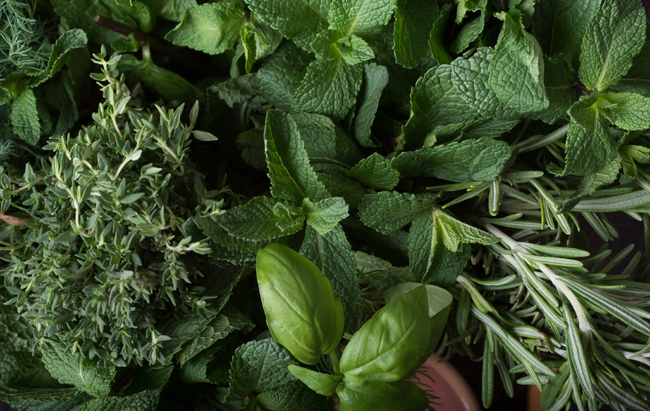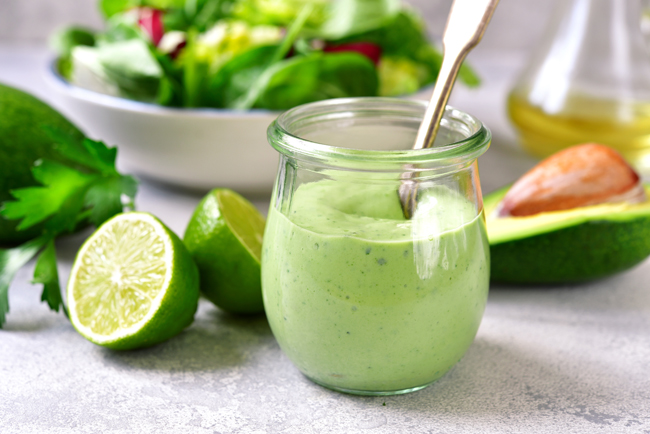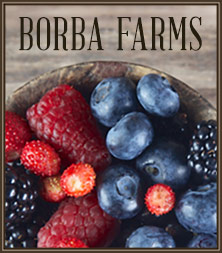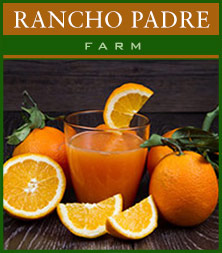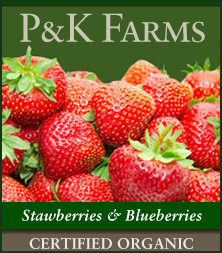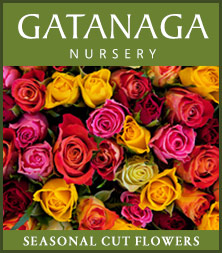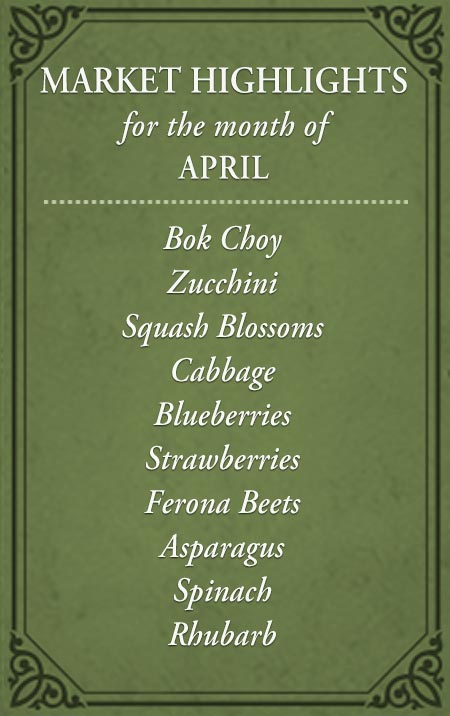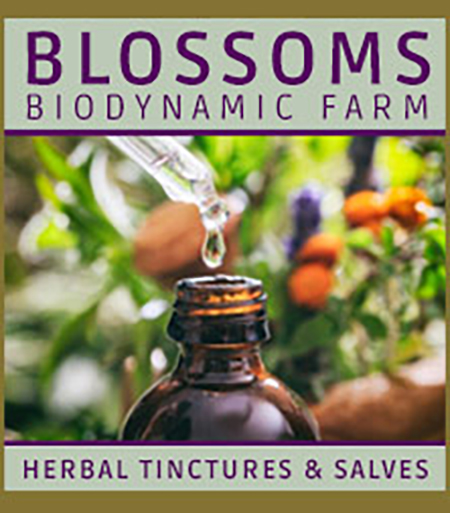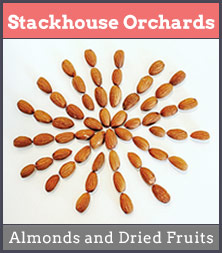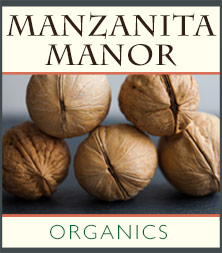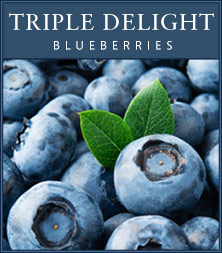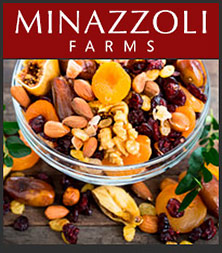To understand and combine the flavors of herbs, start by getting to know them individually. Use your nose—smell each herb on its own, then try blending it with another. Add a third, and eventually work up to five different herbs to see how their aromas and flavors interact. Taste as you go, and jot down notes to help you recognize characteristics later when cooking. Compare fresh and dried versions side by side to sharpen your awareness; fresh herbs are brighter, while dried herbs often concentrate deeper notes. This smell–combine–taste practice is one of the best ways to build confidence with herbs.
Eggs are an excellent test ingredient since they’re mild and neutral. Try flavoring omelets with different herb combinations to see how flavors shift:
- Garlic, oregano, basil, thyme, and black pepper
- Ginger and curry
- Soy sauce, ginger, sake, and sansho (Japanese “lemon pepper”)
Some herbs have natural affinities while others can be trickier to pair. Oregano, marjoram, basil, rosemary, thyme, mint, and savory blend well. Dill and sage, however, require more thoughtful pairing. Always begin with a small amount—you can add more later, but once herbs are in a dish, they’re hard to remove. Stronger herbs like sage, rosemary, tarragon, and thyme pack more punch, so add them sparingly.
Herbs can either contrast or complement. Dill with cured salmon is a classic contrast: sharp, musky dill highlights the richness of the fish. Complementary pairings are more seamless—braised fennel’s natural licorice flavor works beautifully with fennel seed, anise seed, basil, tarragon, or chervil. Lamb is another great example: it shines with a blend of thyme, rosemary, marjoram, and lavender. Lavender contrasts with floral notes, while rosemary and thyme ground the dish with resinous depth. Marjoram adds sweetness and mid-range balance, tying the flavors together.
When cooking, timing matters. Herbs added at the beginning of cooking lend depth and permeate a dish. Added at the end, they remain bright and fresh, acting as an accent or garnish. Fresh herbs can also be blended into marinades, sauces, or condiments—or tied into bundles to baste grilled meats, adding another layer of flavor.
Keep in mind that dried herbs are stronger than fresh ones. As a rule of thumb, 2 parts fresh equals 1 part dried, though sometimes the ratio is closer to 3:1. Use dried herbs within six months for peak flavor; beyond that, they lose their potency. Test them by crumbling a pinch between your fingers and inhaling—if the scent is weak, so will be the flavor.
Above all, remember that working with herbs is an adventure. Be playful, experiment often, and as the old saying goes: taste, taste, and taste again.
CHEF NOTES:
- Start with a small amount and adjust as you go.
- Combine complementary herbs for depth (basil + oregano, rosemary + thyme).
- Use contrasts for excitement (dill with salmon, mint with lamb).
- Fresh = bright flavor; Dried = concentrated, but check freshness!


